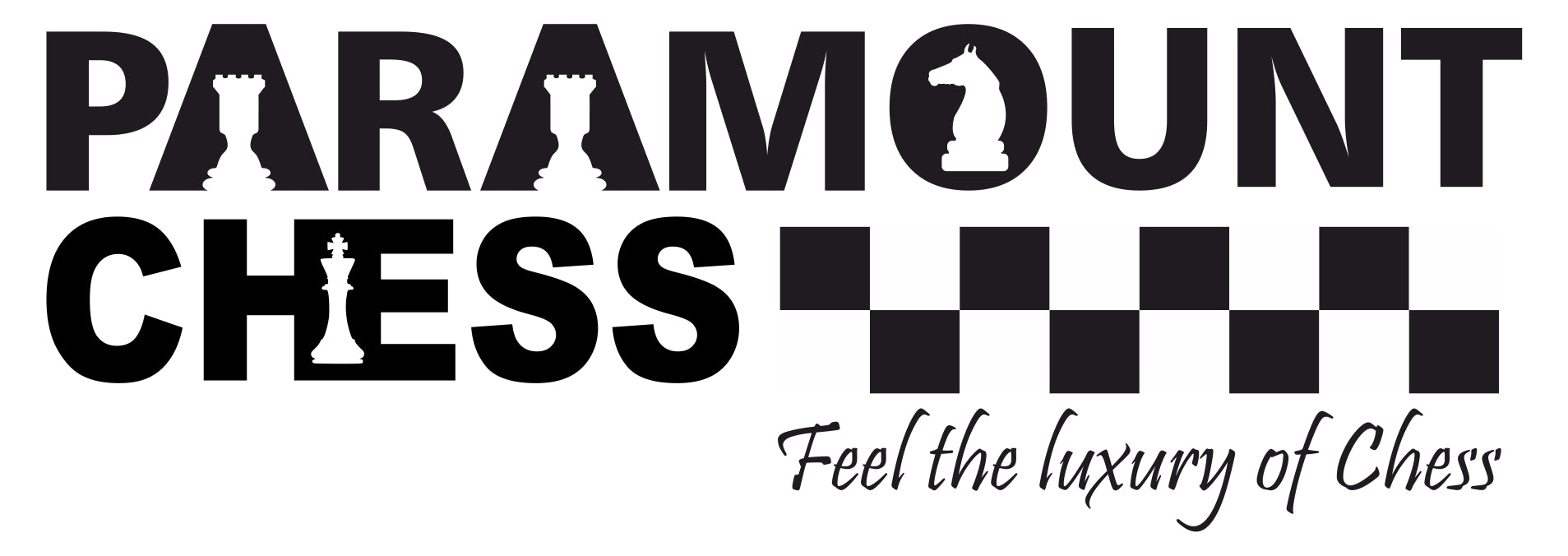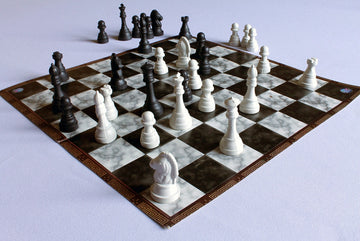
The Kings Gambit is one of the more interesting Gambits involved in the game of chess. It is a very aggressive opening that initially leads to a loss of material, but later on it can be gained back by appropriate play. It also happens to be one of the oldest documented openings in the history of the game. Having stood the test of time is an interesting feat on its own. The codes C30 to C39 of the Encyclopedia of Chess Openings (ECO) correspond to the King’s Gambit.

Pros and Cons
Some advantages of this opening are:
- It is a very interesting opening to play that is full of surprises
- White always takes the initiative
- Unconventional positional play and intuitive lines
Some disadvantages of this opening are:
- Black has many variations to choose from
- A continuation of the above point, black has many options to get out of this gambit
- There is a high chance that White’s king may become exposed as the game progresses

The moves involved in this opening are
- e4 e5
- f4
White offers its pawn on f4 to black. This is the gambit. The advantage white seeks here is dismantling white’s pawn structure and opening up the black king for attack. The gambit is accepted when black captures the white pawn on f4. At this stage, black would have accepted the gambit and gone one pawn up in material.
Black also has the option of declining the gambit by playing a variety of moves. This is known as the Decline variation of the King’s gambit. The decline variation often leads to a fusion of multiple other openings.
Check out our article on the Kings Gambit Declined here:
Getting back to the Kings Gambit, the main idea is that white should aim to get to a position where it is targeting the f7 pawn, the knight on f3 is well placed and the rook is exerting pressure on the f-file. Black on the other hand has a fair share of moves to choose from as well. Now, let us talk about variations that come about as a result of white accepting the Kings Gambit.
Kieseritzky Gambit Variation
In this variation, white uses its knight to gain immediate control of the center of the board. It also opens up avenues for attack for white’s bishops.

The moves involved in this opening are
- e4 e5
- f4 exf4
- Nf3 g5
- h4 g4
- Ne5
The black pawns on f4 and g4 can prove to be dangerous and should be controlled appropriately. In addition to that, black has a knight stationed on f6. This knight is eyeing the white pawn on e4. The black bishop is also free to move about and prevent castling. They are the only threats present on the board as of now. As far as opportunities go, there are plenty. Moving the white bishop to c4 will put pressure on the f7 pawn and threaten a check.
Muzio Gambit Variation
This variation is definitely a lot more aggressive than the previous one. It involves white sacrificing one of its knights. The plus side to this is that it is able to develop its pieces well.

The moves involved in this opening are
- e4 e5
- f4 exf4
- Nf3 g5
- Bc4 g4
- O-O gxf3
- Qxf3
Want to know what is so great about this opening? Ofcourse white does end up losing its knight. But the tactical advantage gained outweighs this. White is targeting the weakest pawn on black’s side which is the f7 pawn. Notice how this is similar to the scholar’s mate.
Check out our article on the shortest chess games including the scholar’s mate below:
So, what can black do to defend this? Well for starters, moving the black queen to f6 will benefit it greatly. This would prevent white from advancing with its earlier strategy. This is because, white is already at a material disadvantage and exchanging queens will only widen that gap.
Fischer Defence Variation
The story of how this variation came to be is humorous. The King’s gambit had garnered a lot of support and praise, especially the Kieseritzky Gambit Variation. Therefore, bobby fischer had to debunk this false image that was held up by this variation. He figured out a way to make the Kieseritzky Gambit unplayable for white.

The moves involved in this opening are
- e4 e5
- f4 exf4
- Nf3 d6
- d4 g5
- h4 g4
- Ng1
Of course, there are multiple other ways to play the Kieseritzky Gambit Variation. The white bishop may be moved to the c4 square and so on.
1. Further Reading: https://lichess.org/study/SZJNJCKC
2. Further Reading: https://lichess.org/study/SUgplji5
3. Further Reading: https://www.ichess.net/blog/kings-gambit/




